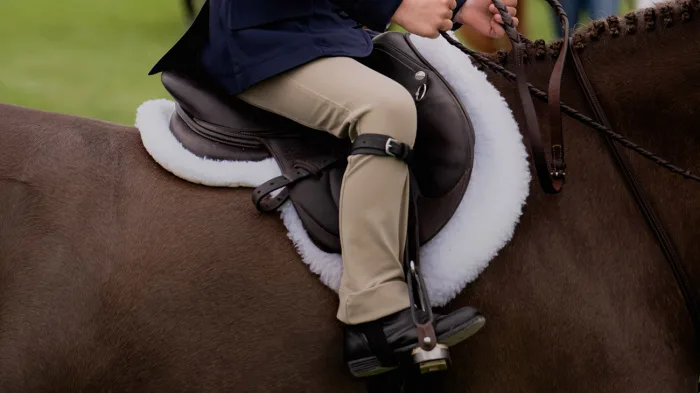There have been many discussions following the publication of my article on why I believe that hook-and-loop stirrups should be banned at all USEF competitions. The stirrups, sometimes called peacock or hook-and-loop stirrups, present a clear and present danger to those who use them, and U.S. Equestrian Federation has a duty of care to ban them in light of the various injuries they have caused.

Because there are alternative stirrup designs on the market that prevent a rider’s foot from getting caught in the stirrup and allow the potential for the rider to be dragged, there is no reason to continue sanctioning the use of peacock stirrups. Proper footwear, the correct size stirrups and a stirrup bar used in the downward, unlocked position are fundamentals for safe riding and offer protection from getting a foot stuck in the stirrup. Other designs of stirrups provide the same or higher levels of protection without the risks posed by hook-and-loop stirrups.
I believe the USEF Safety Committee is in the process of discussing this matter and a possible rule change. So how should a new rule be worded? I have sent the committee a suggested rule change that is quite simple:
No piece of equipment shall be attached to a saddle which has an upward or outward pointing projection, hook or similar rigid object capable of catching a rider’s clothing or person while dismounting.
Since my original article was published, several people have contacted me about more injuries caused by the hook-and-loop stirrups, either while falling or dismounting. I made USEF aware of one such case in 2019, and more have come to light, so it is about time for USEF to act to prevent any further injuries, particularly as these dangerous stirrups are used extensively among children and younger riders.
People have commented that they have used this type of stirrup for many years without issues. However, instances of getting clothing hooked while dismounting, such as on a belt, belt loops and jackets, are not uncommon. I am aware of injuries occurring when a child dismounted, the hook on the stirrup caught the belt and the pony took off. Perhaps the more recently seen groin injuries are a result of the replacement of the older heavyweight fabrics traditionally used for jodhpurs and breeches with lighter stretch fabrics that allow the hook to more easily catch and penetrate. Regardless, the danger is real and needs to be addressed.
There is always institutional lag in large organizations with multiple people reviewing and assessing such issues, so these things take time. I hope that action will be taken at the USEF annual meeting in January 2025, if not before, as I believe these stirrups pose a continuing danger. The real question is whether the time it takes to instigate the rule change is shorter or longer than the time until the next injury to a child occurs at a horse show.
